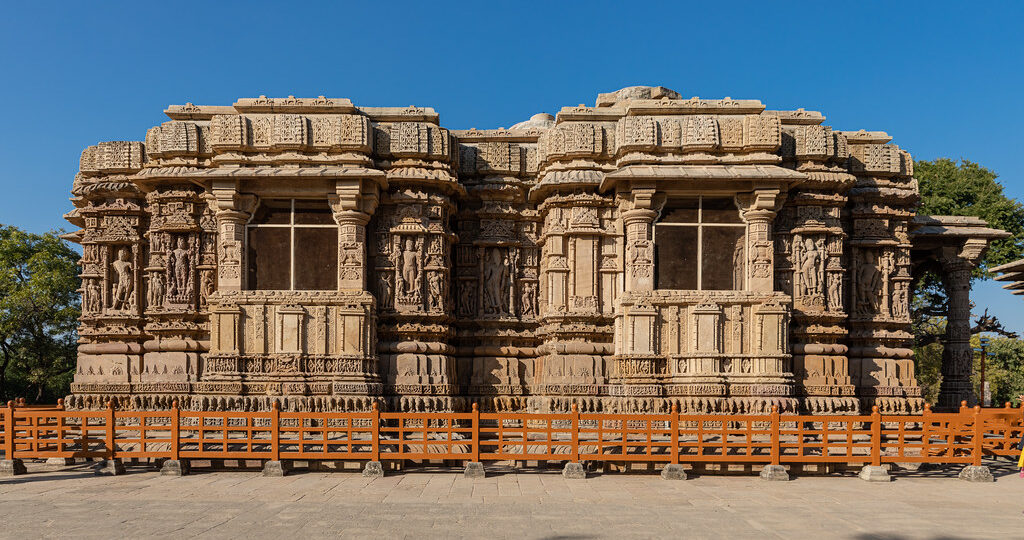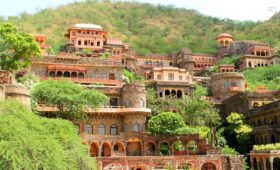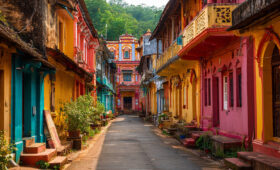India, a land of astonishing diversity, is home to some of the world’s most spectacular cultural and natural landmarks. Recognized globally for their outstanding universal value, India’s UNESCO World Heritage Sites reflect the country’s rich tapestry of history, art, architecture, and biodiversity.
With 42 sites inscribed on UNESCO’s prestigious list (as of 2024), India proudly ranks among the top nations for cultural and natural heritage. Let’s take a journey through some of these timeless treasures.
🏛 Cultural Wonders
India’s cultural sites are a window into its glorious past, showcasing centuries of artistic achievement and architectural brilliance.
✅ Taj Mahal (Uttar Pradesh)
Perhaps India’s most iconic monument, the Taj Mahal is a white marble mausoleum built by Mughal emperor Shah Jahan in memory of his wife Mumtaz Mahal. It’s a symbol of eternal love and a masterpiece of Mughal architecture.
✅ Ajanta and Ellora Caves (Maharashtra)
These rock-cut cave complexes are adorned with stunning murals and sculptures, reflecting Buddhist, Hindu, and Jain influences. Dating back to the 2nd century BCE, they are an unparalleled example of ancient Indian artistry.
✅ Khajuraho Group of Monuments (Madhya Pradesh)
Famous for their intricate sculptures and sensual carvings, the Khajuraho temples celebrate human passions and the divine, blending spirituality with artistic genius.
✅ Jaipur City (Rajasthan)
Known as the “Pink City,” Jaipur’s historic urban planning and iconic architecture earned it a place on the UNESCO list. Its forts, palaces, and vibrant bazaars captivate visitors from around the world.
🌿 Natural Marvels
India’s natural heritage sites protect some of the most biodiverse and ecologically significant landscapes.
✅ Kaziranga National Park (Assam)
A sanctuary for the endangered one-horned rhinoceros, Kaziranga’s vast grasslands and wetlands are also home to tigers, elephants, and migratory birds.
✅ Sundarbans National Park (West Bengal)
The world’s largest mangrove forest, the Sundarbans is a critical habitat for the Bengal tiger and an exceptional example of coastal biodiversity.
✅ Western Ghats (Maharashtra, Kerala, Karnataka, Tamil Nadu)
Older than the Himalayas, the Western Ghats are a global biodiversity hotspot, harboring thousands of endemic species and playing a vital role in India’s monsoon system.
🏰 Mixed Heritage Sites
These unique sites hold both cultural and natural significance.
✅ Khangchendzonga National Park (Sikkim)
Named after India’s highest mountain, Khangchendzonga combines sacred landscapes with pristine ecosystems, deeply woven into the spiritual traditions of local communities.
🌏 Why UNESCO Sites Matter
UNESCO World Heritage status not only brings global recognition but also strengthens conservation efforts, promotes sustainable tourism, and fosters pride in local heritage. Visiting these sites is more than just sightseeing — it’s a journey through time, nature, and the spirit of India.
✨ Final Thoughts
From ancient temples and grand palaces to untouched forests and majestic mountains, India’s UNESCO World Heritage Sites offer a glimpse into the country’s soul. Whether you’re a history buff, nature lover, or curious traveler, these sites invite you to explore India’s incredible legacy — one breathtaking landmark at a time.






